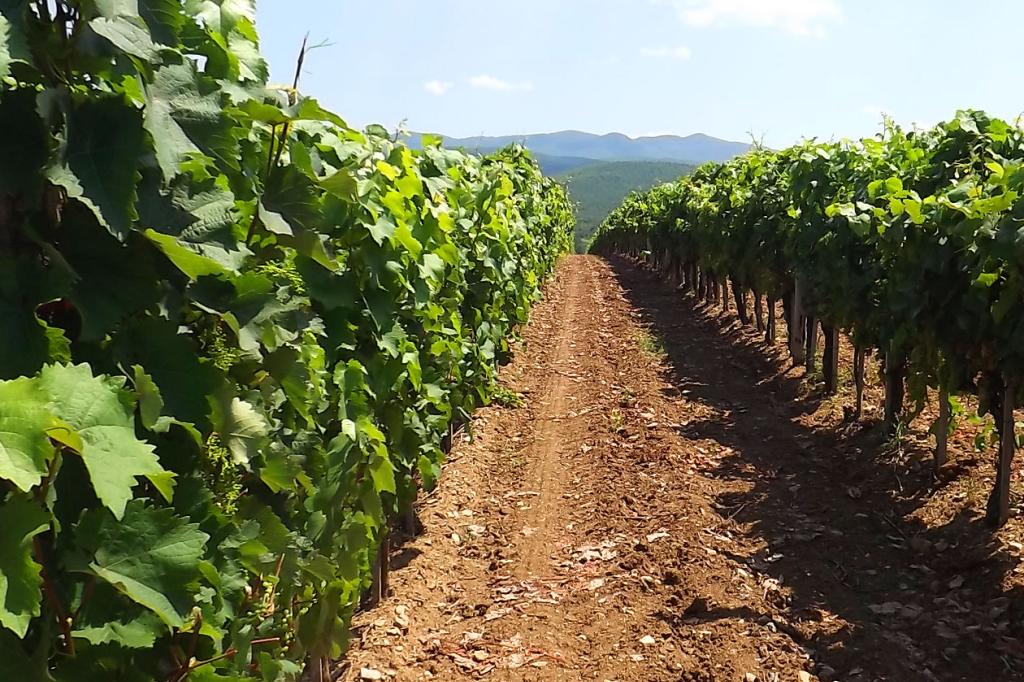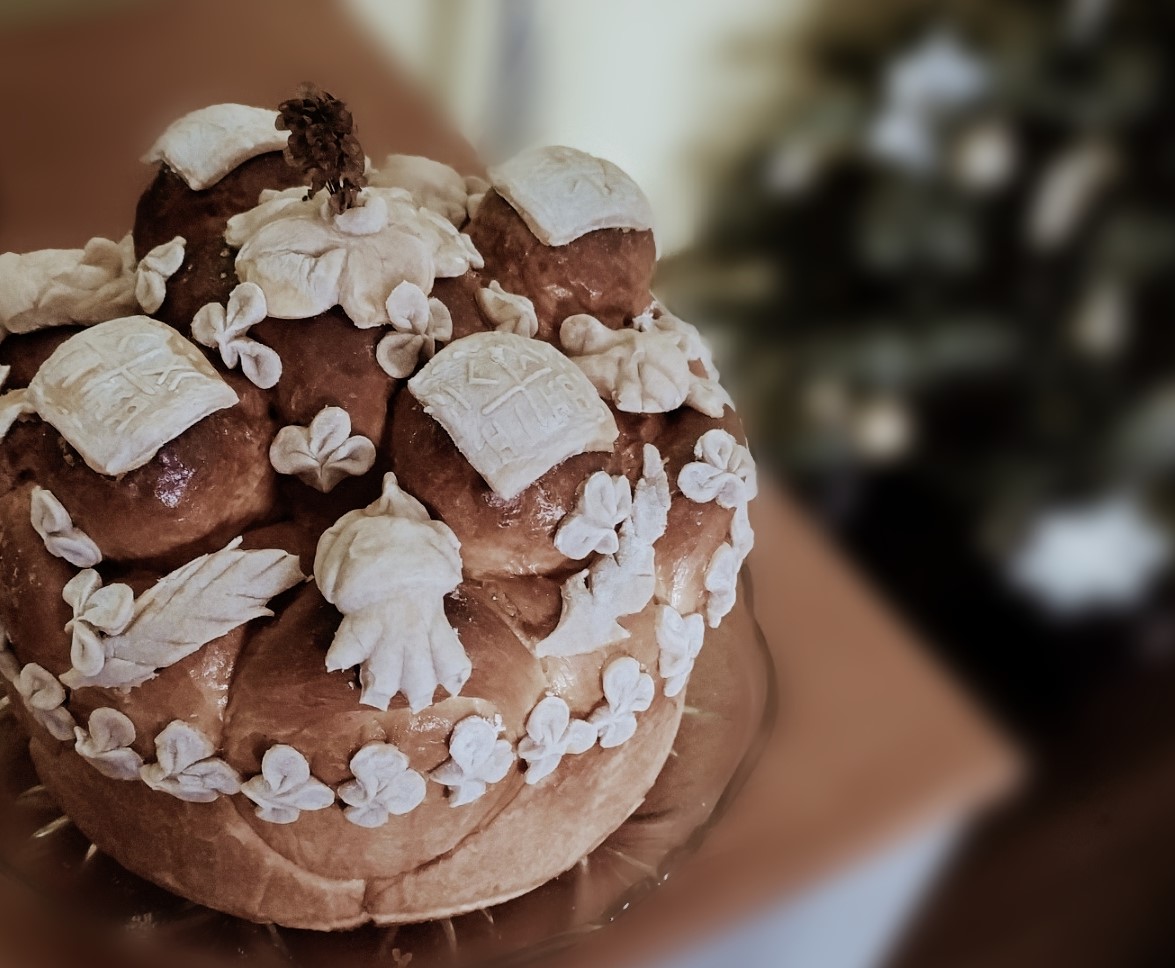
When you hear laughter and shouts of people coming from someone's home in Serbia, you will know that they celebrate "Slava" - family saint patron's day.
Slava is the family's annual ceremony and part of the Serbian tradition. We are the only Orthodox Christians who celebrate saints in this manner. Although we confronted various historical circumstances throughout history, we have managed to keep this custom.
Each family honors a particular saint as the protector of their home, which brings them prosperity. This folk custom is not exclusively religious but also social. It is a time when family and friends gather, and an idyllic atmosphere reigns.
Customs and traditions are something that constructs the identity of a nation.
"Slava" is therefore deservedly on the UNESCO list of Intangible Cultural Heritage.
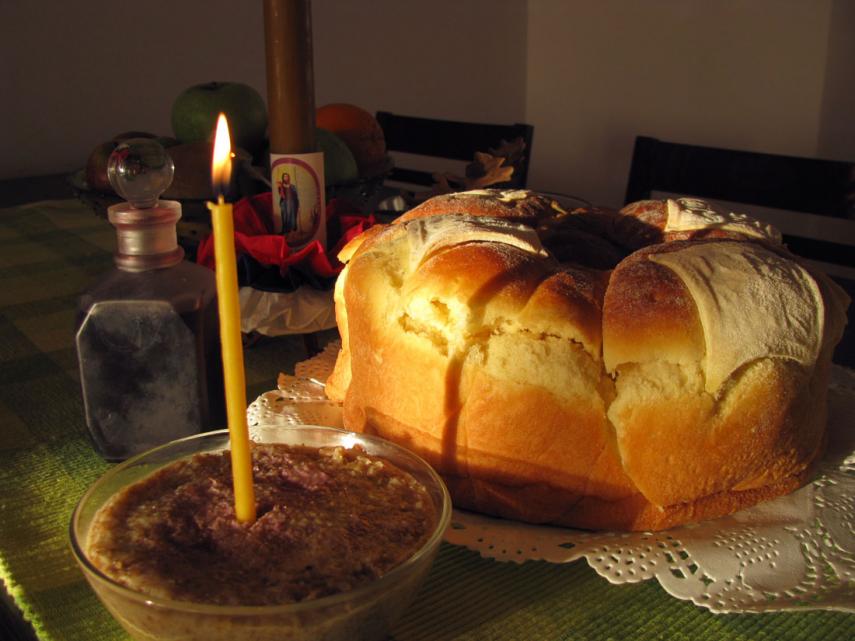
Serbian tradition and customs
Serbs are known as kind hosts who are warmhearted and generous. They do their best to make you feel welcome in their home. A few days before the Slava feast day, the priest visits the families that celebrate to consecrate their homes.
The main features of the celebration are a wax candle, a Slava cake (bread), wheat, and red wine.
The candle symbolizes the victory of light over darkness, the truth of Christ. The candle stays lit all day during the ceremony is celebrated and usually stands next to the saint's icon.
The Slava cake represents our traditional bread, believed to be received from God in honor of our saint, made of flour and blessed water, decorated with a cross made of dough and the letters IS-HR NI-KA signifying - The Jesus Christ wins.
As a symbol of eternity, grain represents the connection between the afterlife and earthly life, while red wine symbolizes Christ's sacrifice.
Cutting the Slava cake is done in the family circle. The oldest family member cut the traditional bread cross-like, sprinkling red wine through the cross slices. Then all other family members spin the Slava cake in a circle with hands up three times, and each member takes a piece of cake by tearing it upwards, towards the Sun, for the prosperity of the family unity. Today, the guests usually come to a ceremony with a symbolic gift, a bottle of wine, coffee, and a box of chocolates. While often some of them bring crystal glasses or serving plates to the householder.
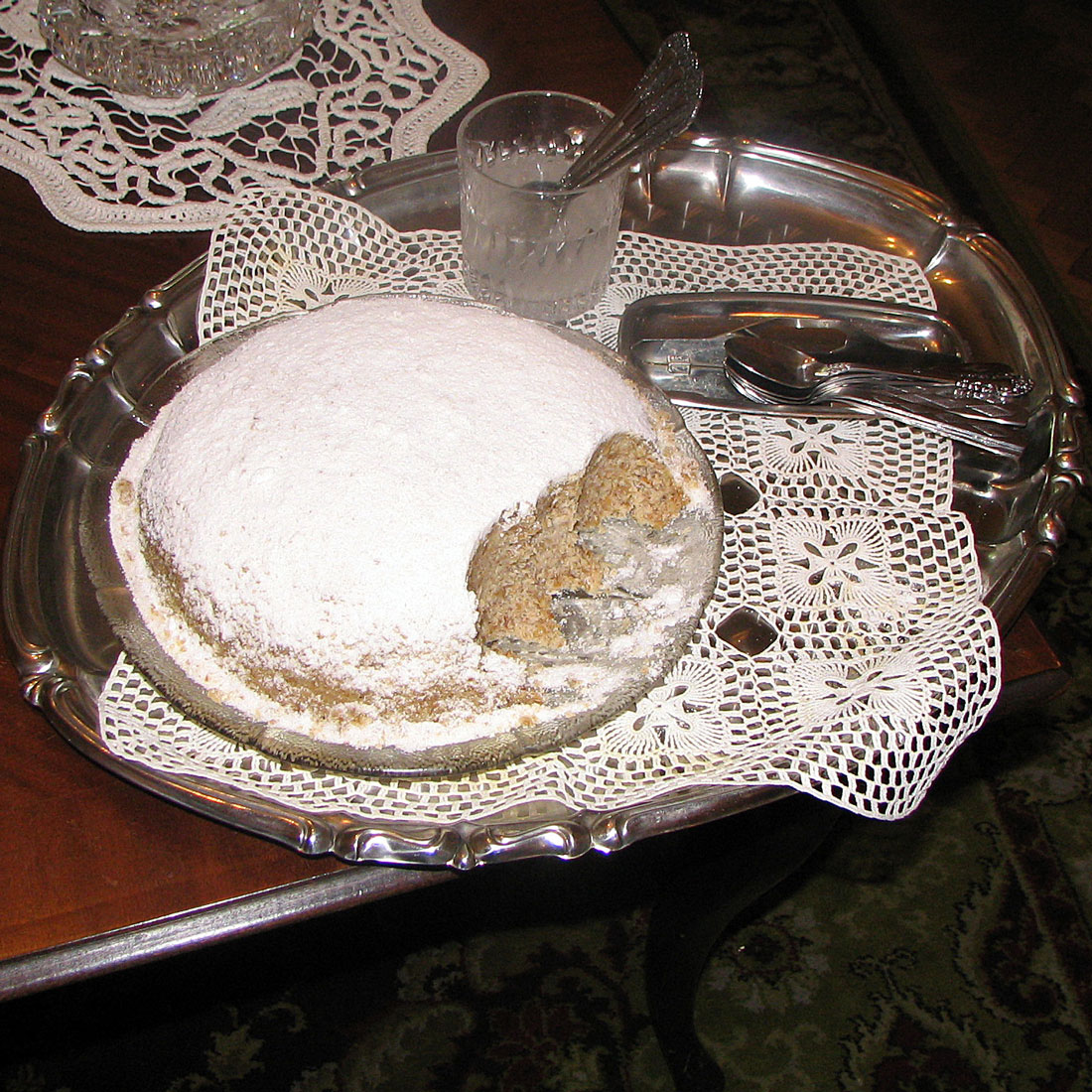
The host greets the guests on the doorstep, while the hostess serves the guests with Slava wheat. Usually, the feast begins with a wine toast. And each guest should take a piece of Slava cake as an expression of respect.
In the fellowship with Serbs, you cannot stay hungry. On the feast table, you can find a variety of food. An appetizer is served first, including pies and pastries, dried meat, cheese, and diverse sorts of salad flowed by soup, which opens the appetite. An indispensable part of the table makes traditional Serbian meals, stuffed peppers, sarma, and roast meat. If you have the opportunity to attend the Slava ceremony, we suggest you try every single specialty.
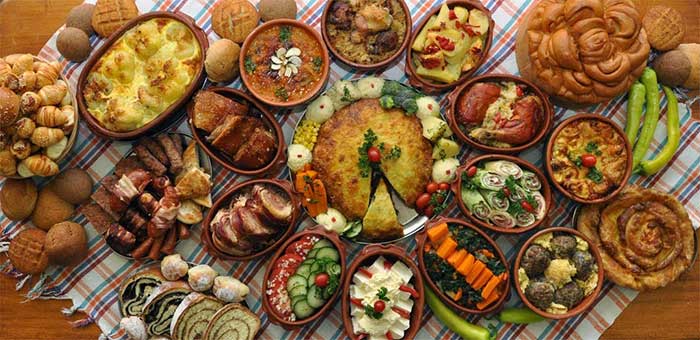
These food delights awaken all senses and move the boundaries of just food. The host and hostess are always on their feet to serve the guests. Also, if the ceremony falls on Wednesday, Friday, or during Lent, that day is obligatory to fast. Therefore, fasting meals are prepared, including fish specialties and fasting stuffed peppers and sarma.
The recipe for Slava wheat
Ingredients:
• Wheat
• Ground walnuts
• Sugar
• Nutmeg
Preparation - the wheat seed is first cleaned, poured with water, and cooked on low heat until it swells and the water boils. Then it is necessary to strain and cool it before you grind it. Then you add granulated sugar, ground walnuts, and a little ground nutmeg.
How long does the history of Slava date?
The celebration of Slava dates back to the time of the ancient Slavs, but some Serbian historians consider that records of Slava amongst Serb's could be traced back at least to 1018. Before accepting Christianity, the Slavs were polytheists. Each family had its deity. For the ancient Slavs, this custom meant connection with ancestors and their origins. It was a significant tradition for families, so these customs were passed from generation to generation to preserve them from oblivion. With the adoption of Christianity, it was difficult for Serbs to diverge from their traditions and customs. Saint Sava, the first Archbishop of Serbs made a turning point for polytheism and pagan customs. Each pagan deity received a counterpart in Christianity, in the form of saints, who became protectors of families, monasteries, churches. That's one of the reasons why Saint Sava holds the title of the first Serbian enlightener.
Today, every village and city in Serbia, even an institution, celebrate Slava.
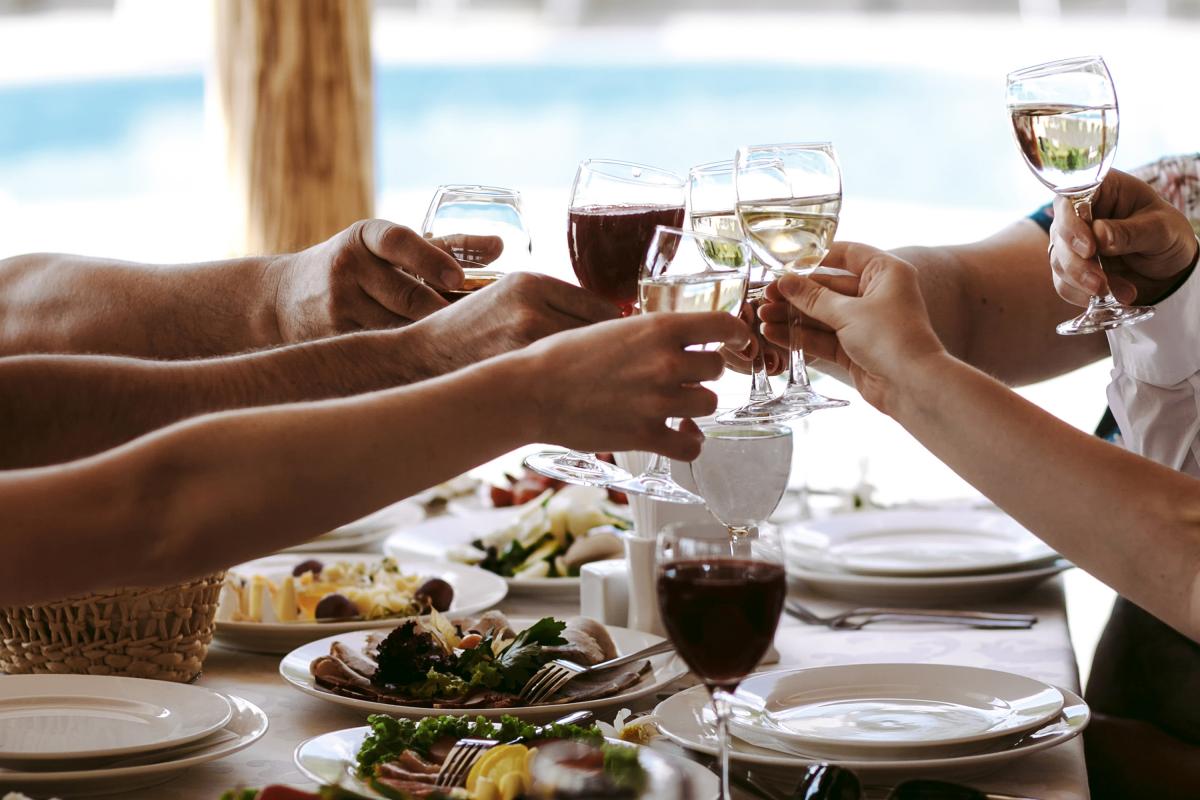
The warmth of home, conversation with food and wine, anecdotes, and memories of some beautiful moments make this custom a thread that connects people and protects them from alienation. That is why you should have a friend from Serbia, to whom you can come to the Slava ceremony.
“Živeli, srećna slava” – Cheers, Happy Slava!

